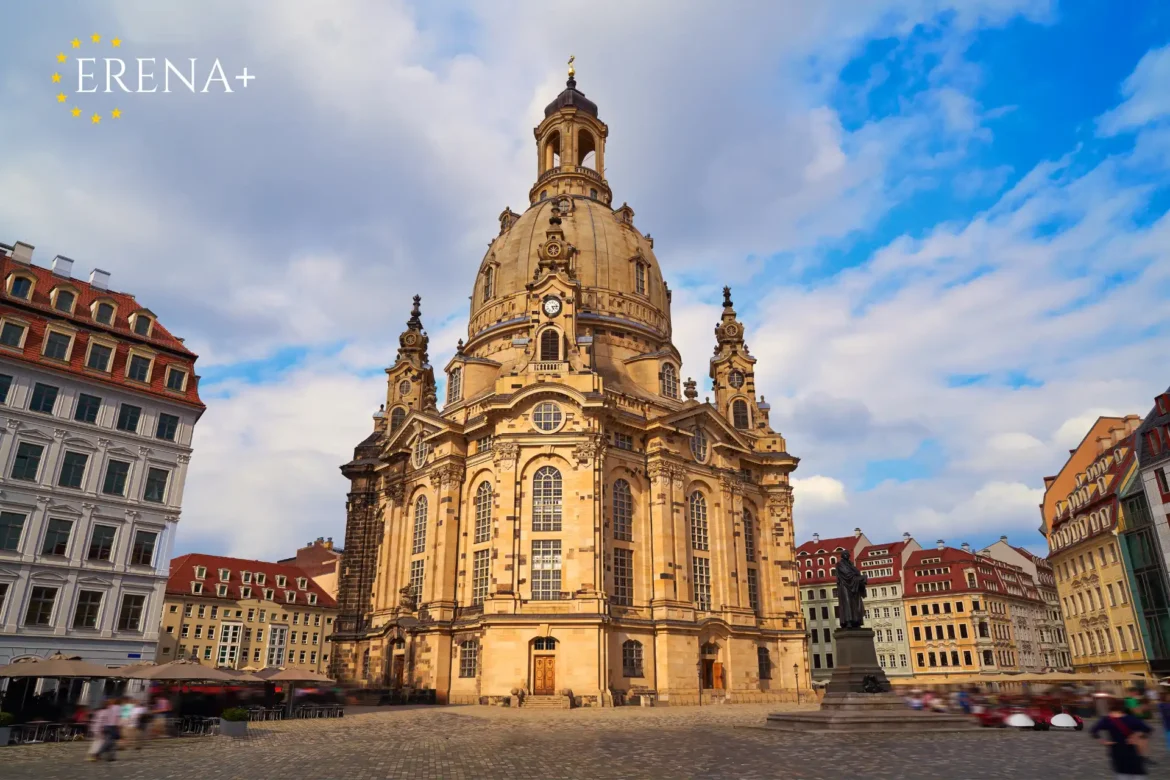Dresden, the beautiful capital of Saxony, is known for its rich history, stunning architecture, and vibrant cultural scene. Dubbed the “Florence of the Elbe,” the city’s historic center, including landmarks like the Frauenkirche and Semper Opera House, attracts millions of tourists each year. This growing influx of visitors has had a profound impact on Dresden’s real estate market. In this article, we’ll explore how tourism is reshaping the city’s housing sector, rental market, and commercial properties.
1. Tourism Boom in Dresden: A Snapshot
Dresden has seen a significant rise in tourist numbers over the past two decades. In 2023, the city welcomed over 3 million visitors, attracted by its architectural wonders, festivals, and cultural events. This tourism boom has spurred demand for accommodations, from hotels to short-term rentals, significantly influencing the local real estate market.
2. Increased Demand for Short-Term Rental Properties
A major trend in Dresden’s real estate market is the growing demand for short-term rental properties, especially in the city’s historic core. Platforms like Airbnb have become a popular alternative to hotels, leading many property owners to convert residential apartments into short-term rental units. While this trend has created lucrative opportunities for investors, it has also contributed to a shortage of long-term rental housing for local residents. In some areas, this shift has led to gentrification and rising rents, making it harder for long-term residents to find affordable housing.
3. Pressure on Housing Prices
The tourism-driven demand for short-term rentals has also contributed to rising housing prices in Dresden. Property values, particularly in tourist-heavy neighborhoods like Altstadt (Old Town) and Neustadt, have surged, making it difficult for many residents, especially younger people and families, to afford housing. While Dresden remains more affordable than cities like Berlin or Munich, the rapid increase in property prices has become a concern for local authorities, prompting them to explore ways to ensure affordable housing remains available.
4. Tourism-Driven Commercial Real Estate Growth
Tourism has also spurred growth in Dresden’s commercial real estate sector. With more visitors flocking to the city, demand for retail space, restaurants, cafes, and tourism-related businesses has risen. The city center, in particular, has seen new hotels, luxury retail outlets, and boutique businesses open up to cater to tourists. Large hotel chains are also expanding their presence, contributing to a more dynamic commercial real estate market.
The rise of tourism has also led to the revitalization of older buildings, transforming former industrial sites into new commercial spaces. This growth has created new economic opportunities but also led to increased competition for prime real estate in the city center.
5. Gentrification and Its Socio-Economic Impact
As in many cities with booming tourism, Dresden is experiencing gentrification in certain neighborhoods. Wealthier individuals and investors are purchasing properties in areas that were once more affordable, driving up property values and rents. In districts like Neustadt, long-term residents are being pushed out by rising rents as tourists and young professionals move in. While gentrification has helped revitalize parts of the city, it has also led to concerns about social displacement and the loss of the community’s character.
To address these challenges, local authorities have introduced rent control measures and other initiatives aimed at preventing excessive rent hikes and preserving affordable housing. However, balancing the needs of tourists with the welfare of local residents remains a complex issue.
6. Sustainability and Long-Term Considerations
As Dresden continues to grow as a tourism hotspot, there’s an increasing need for sustainable urban planning. The city must ensure that the tourism boom benefits both investors and local communities, without compromising the availability of affordable housing or the city’s unique character. Regulating short-term rentals, protecting existing housing stock, and fostering inclusive development are key strategies for ensuring the long-term sustainability of Dresden’s real estate market.
Conclusion
Tourism has undeniably shaped Dresden’s real estate market, bringing economic benefits, increased property values, and new business opportunities. However, it has also created challenges, particularly regarding housing affordability and social equity. To maintain a balanced and sustainable real estate market, Dresden must carefully manage the growth of its tourism sector. By doing so, the city can preserve its cultural heritage, support local residents, and continue to thrive as a major European destination.


2 comments
Dresden ist ne schöne Stadt)
I see something really special in this web site.